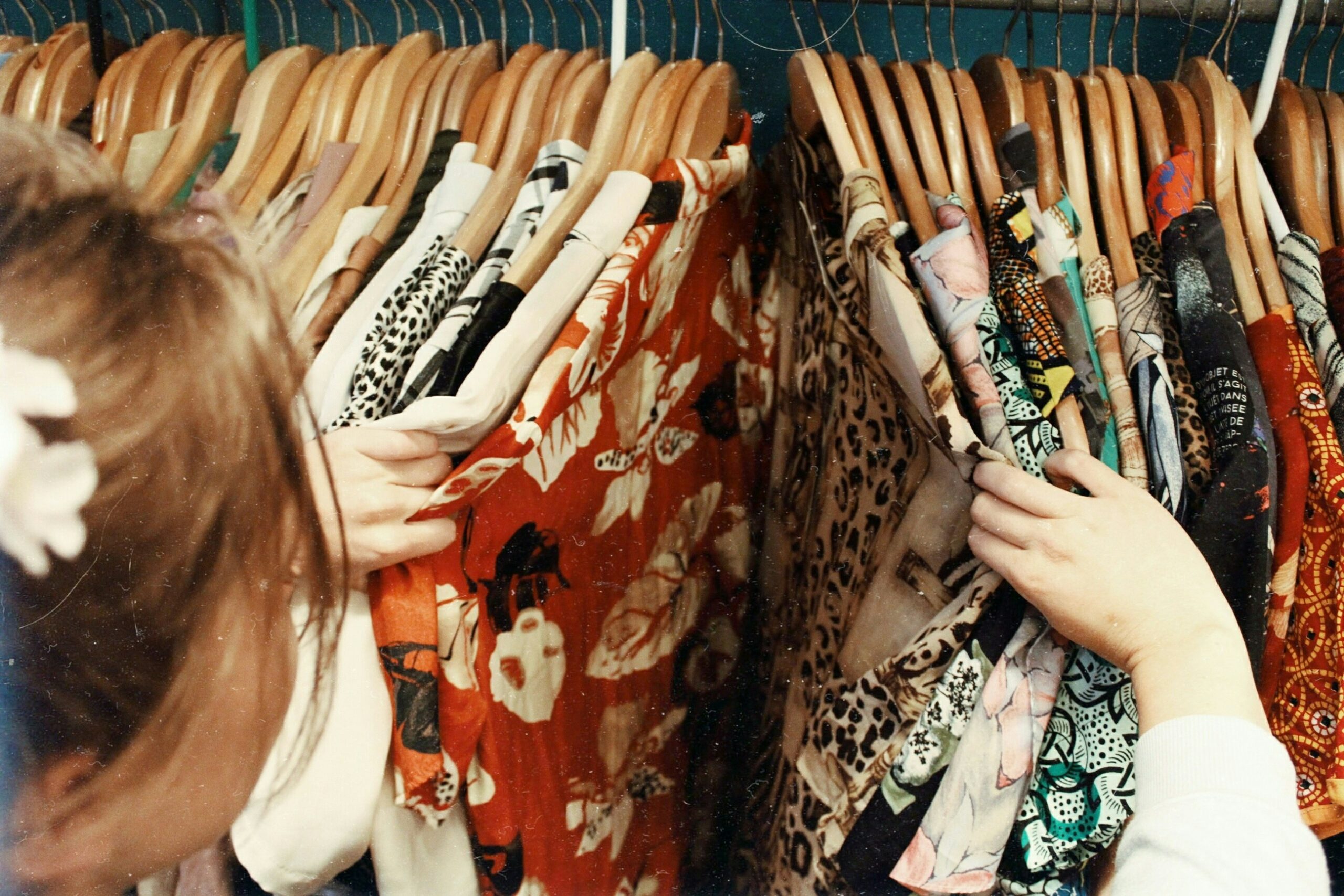Working in the fashion industry means not only creating wealth through beauty and aesthetics but also creating real lifestyles.
Sustainability is becoming a full-fledged part of what is labelled “lifestyle” nowadays and fashion follows suit, striving to be more and more sustainable.
With Erica Corbellini, senior lecturer of Management of Fashion Companies at SDA Bocconi in Milan, we put into perspective how sustainability is shaking up the fashion industry.

What does sustainability mean in the fashion industry today, and how should the big luxury fashion maisons adapt?
On the consumer side, it means buying less and better; that less to be used for longer. So it also means a change in perception of what is now considered to be “cool”.
Unfortunately, social media is pushing ever shorter trends but It is not the increasingly ephemeral TikTok trends or the “outfit of the day” that make us cool; it is instead to have something beautiful that is versatile, that wants to be worn over and over again, that wants to be recycled or upcycled.
On the corporate side, sustainability is a question of innovation: to become more sustainable, companies should innovate on several fronts by finding a compromise between aesthetic research and sustainability.
Companies should innovate in the materials they use and in their industrial processes, placing the “Life Cycle Assessment” of each product at the core of the creation; this would lead to an innovation that begins at the head of the process, the design, where stylists are trained to imagine products that can already be recycled.
They should then become much more competent in materials and transformation processes than they are now: skills that are not only aesthetic but more functional should be a requirement.
Speaking of quality, can sustainable luxury fabrics be created and how economically affordable are they?
A question that is surely being asked by those who buy the Hermès “Victoria” bag made of leather derived from mushrooms. Therein lies the challenge: to reconsider the perception of quality and aesthetics, oriented towards the circularity of what is created. In the end, everything decays; the difference is whether it can be disposed of or not.
A biodegradable fabric that decays more easily has a smaller impact on the environment than a fabric that perhaps decays less easily but for that very reason is not disposed of. Then again, there are also bags made from leather that break very easily…
It is therefore no longer a question of being economically affordable but rather becoming sustainably accessible on several fronts, acknowledging a new hierarchy of priorities following what is more reasonable versus what is more threatening.
Could this also mean changing the paradigm to give more value to what one buys?
That is exactly the point. A point that is not always clear when one is blinded by the toxic logic of “spending less, wasting more” steered by the so-called fast fashion. The key to unlocking the potential of sustainability in fashion is also the concept of taking better care of what one owns.
Every product is not only the moment of purchase and use but also the aftermath: what one does with it, how one washes it, and what care one takes of it.
It should be possible to talk about consumer education supported by increased communication on the after-purchase of a product. Companies in their shops should have corners where people can collect additional information on how to preserve the garment and where products can be repaired. Instead, one only has a label available that might also be difficult to read.
As a professor, what idea did you get of young people’s desire to reverse the trend and therefore what could a young person do to be fashionable but more responsible?
Among the new generations, there is a desire to look for a way to continue buying while being more sustainable. This has brought the so-called second-hand – now also referred to as pre-loved precisely to give it a positive meaning and thus evoke more emotional associations – into the trend.
Then I noticed that there are also a series of content creators who have cleared the topic of sustainability in the fashion industry on social media in a very personal way: there is @tanner.leatherstein who dismantles bags and then asks “Are these worth the money you are paying? Yes or no?“; there is also @cotoncri who talks about food and fashion.
Symptomatic examples of the fact that influencers are also changing because there is more awareness of the existent problems and their impact. And where there are still those who do not see, do not hear, do not speak, the divide is cultural, not economic. Culture ultimately segments people a bit; it does more than money.
How, however, can a balance be found between sustainability and the ever-changing trends imposed by the fashion industry?
Even in creating trends, there is an attempt to create designs with due respect to sustainability. Trends keep on turning but with more care and more limited production, and through the creation of “perennials” – iconic garments that stay over time.
This goes hand in hand with another transformation that is taking place: fashion is increasingly consumer-based. Seasonal Color and Body Shape Analysis, for example, are some of the new tools available to consumers that allow them to judge fashion, create their own and no longer be subjected to it as they once were.
The very concept of fashion as it was meant in the 1950s, for example, when there was Christian Dior who decided for the whole world what shape skirts should have, no longer exists because with globalisation there is truly room for everyone. There are still macro-trends but fashion today is a mix and match, more consumer-centred than company-centred.
There are no more excuses: everyone sets trends,
and they better be environmentally friendly.

